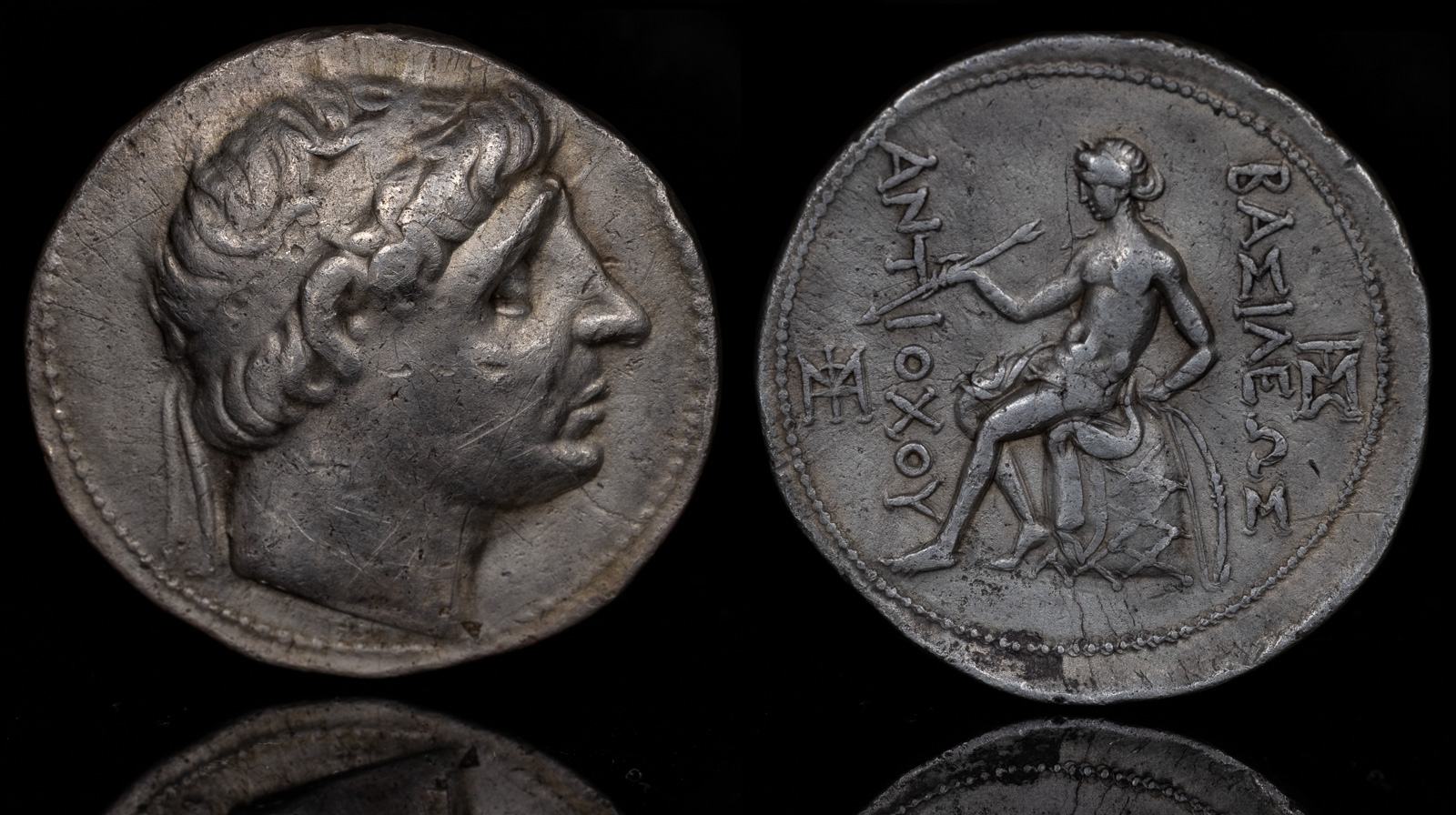Omphalos
View All Tags
At Delphi, the omphalos was considered to be the physical and spiritual center of the world. According to Greek mythology, when Zeus sought to find the exact center of the Earth, he released two eagles from opposite ends of the world, and they met at Delphi, thus designating it as the “navel” of the world. The omphalos stone at Delphi, which resembled a conical pillar with a distinct design, was placed in the temple of Apollo, symbolizing this central position. Pilgrims visiting Delphi would have encountered the omphalos as an important symbol of their connection to the divine, as it was associated with the Pythia, the high priestess who delivered Apollo’s prophetic messages.
Beyond its connection to Delphi, the omphalos was also found in other parts of the Greek world. For example, similar stones and symbols were used at other religious sites and were seen as focal points for worship. In some myths, the omphalos was seen as a representation of cosmic order and was often associated with key myths about the gods and their influence on the world. The presence of an omphalos could also be an indication of the location’s importance as a center of religious and ceremonial activities.
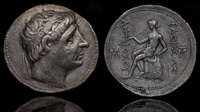
Antiochos I Soter 281-261 BCE
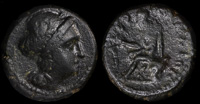
Eleuthernai, Crete 3rd century BCE
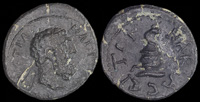
Nakrasa, Lydia 98-138 CE

Ptolemy II of Telmessos, 196-189 BCE
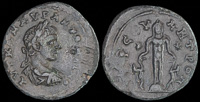
Tarsos, Kilikia 218-222 CE
